Telling a story with pictures is considerably more difficult than many people, both photographer and non-photographer, understand. There’s more to storytelling with photos than simply pointing a camera at a particular moment or event and pressing the shutter.
Sure, documentary photographers, street photographers and photojournalists, for example, all place themselves in environments that are ripe for storytelling, but that doesn’t necessarily make the work easy. These photographers must still parse the language of their surroundings and transform that into a meaningful photo.
But storytelling isn’t just for the “front line” types; this is something that can have a personal application as well. Anyone can make photos that, when you look at them years from now, will immediately transport you back to the moment you made them — the moment of the story.
Here are four tips that will help make anyone a better photographic storyteller.
Plan Ahead
Pre-visualise the images you want to capture. Think about not just your destination, but also about the journey you will take to reach that destination. Are there any points of interest along the way that might help flesh out the story of your day? Stop at those points and capture photos.
Planning ahead isn’t about staging scenes, but about holding on to a few ideas and being able to anticipate those things occurring.
There may be times when you’re able to loosely direct a scene to good effect, but always expect the unexpected — candid moments possess incredible storytelling power.

Scout The Location
Even if you’re familiar with a location, it pays to scope it out (this applies doubly so if you’re not familiar with the place). Check out the light and how it is interacting with the environment; this will go a long way in determining the mood of your story.
Look for features that will help provide context and detail, giving more depth to the story.
Another reason you’ll want to get the lay of the land is so that you, as the photographer, can have a better idea of where to position yourself. Master landscape photographer Ansel Adams said, “A good photograph is knowing where to stand.” This is solid advice for any type of photographer.
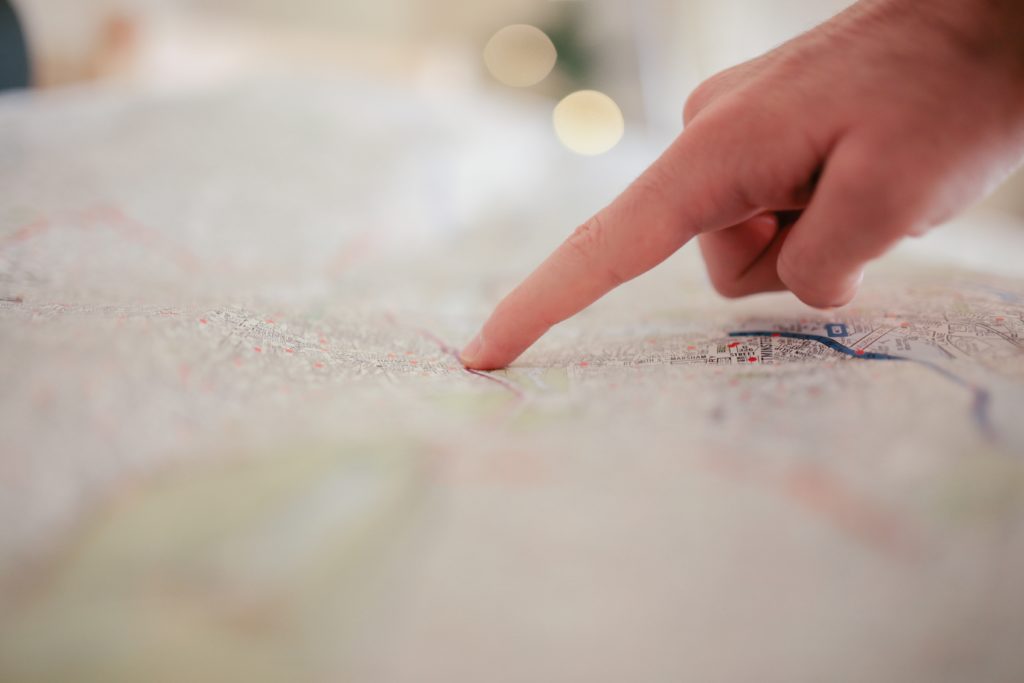
Add Some Flavor
A great location, good light and meaningful subjects are really all you need to craft a good story. But a good story can be made better by incorporating some visual gestures that will increase the aesthetic weight of each scene.
Shooting everything at eye level is routine; alter the perspective of a shot by shooting from up high or down low.
Play with motion effects; use intentional motion blur or panning to instill a sense of movement.
Use interesting framing. Trees, doorways, windows, signs, even other people can be used as creative framing devices for your subjects.
Include small details. This could be anything from items in the environment to a close up shot of someone’s hands. Details help give a story weight.
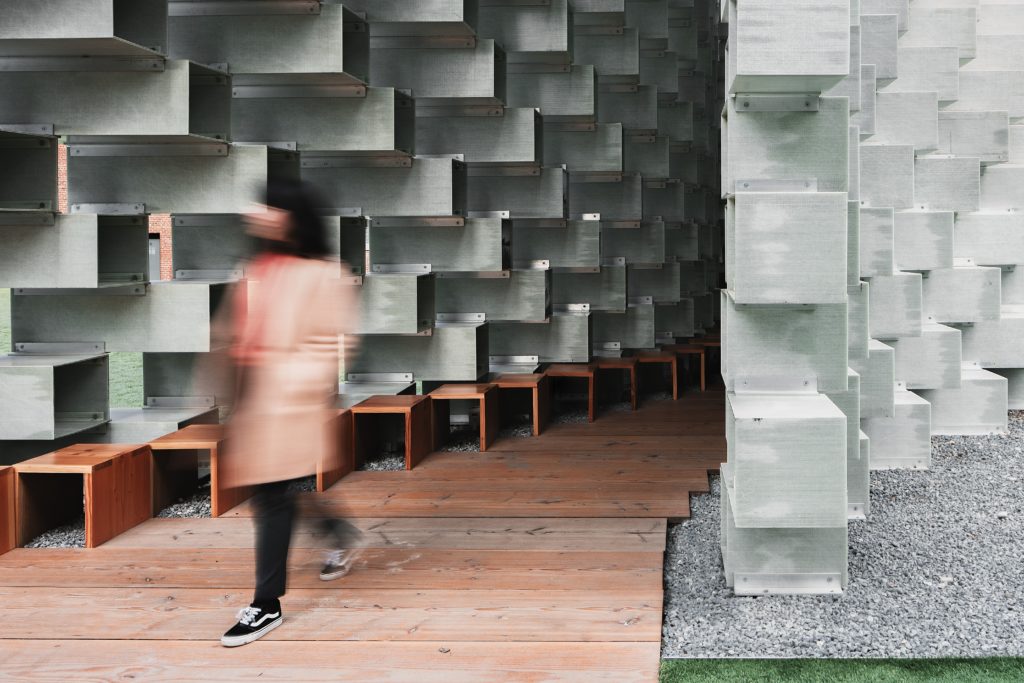
Include All The Components Of A Story
An effective story is told in three parts: beginning, middle and end. To be sure, these components are difficult to capture in a single frame. If you’re able to accomplish this, great. But generally you should expect to take a serial approach to your storytelling projects.
This is where you get to exercise your editorial muscle. As you look over all your photos, you will need to subject yourself to a brutal editing process. If a photo doesn’t fit into the story you’re trying to tell, throw it out.
Only shots that adhere to one of the three components of a story should be included (and, of course, in logical sequence).
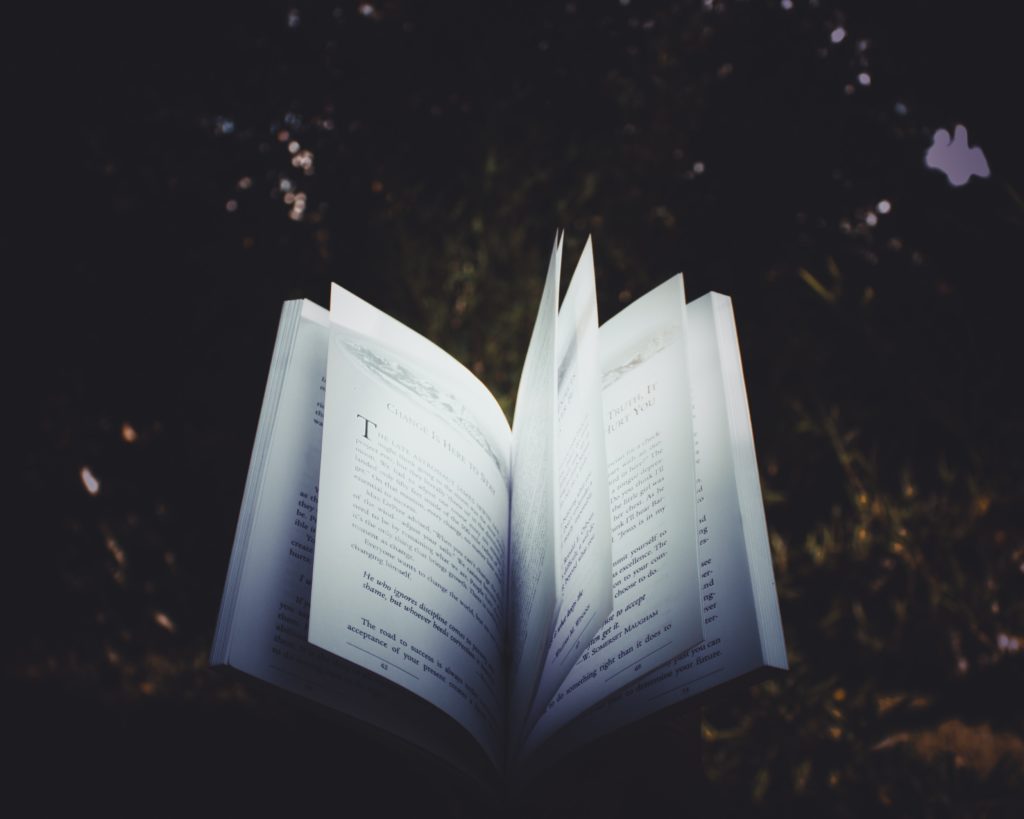
Final Thoughts
A photo that tells a story seeks to inspire or evoke an emotion. Such photos can be more of a challenge to make than a still life or product shot, for instance, but there is immense value in spending the time necessary to become good at using your camera to tell a story.
This is something that can deepen the connection between artist and audience. But, perhaps more important, storytelling photos ensure that the stories you find most meaningful will outlive you.
Further Reading

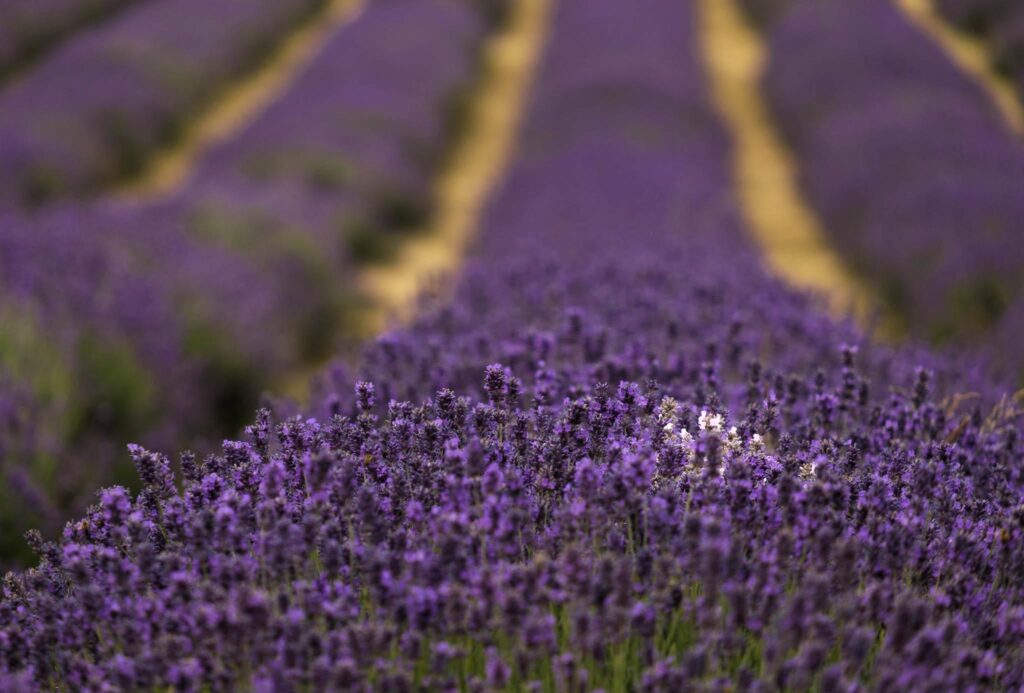
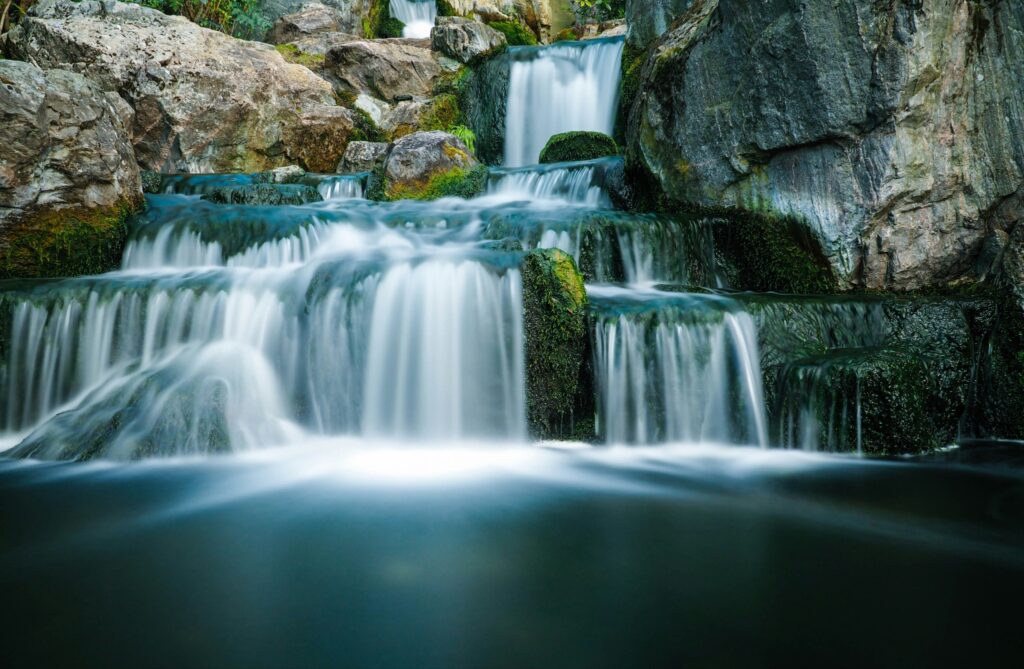
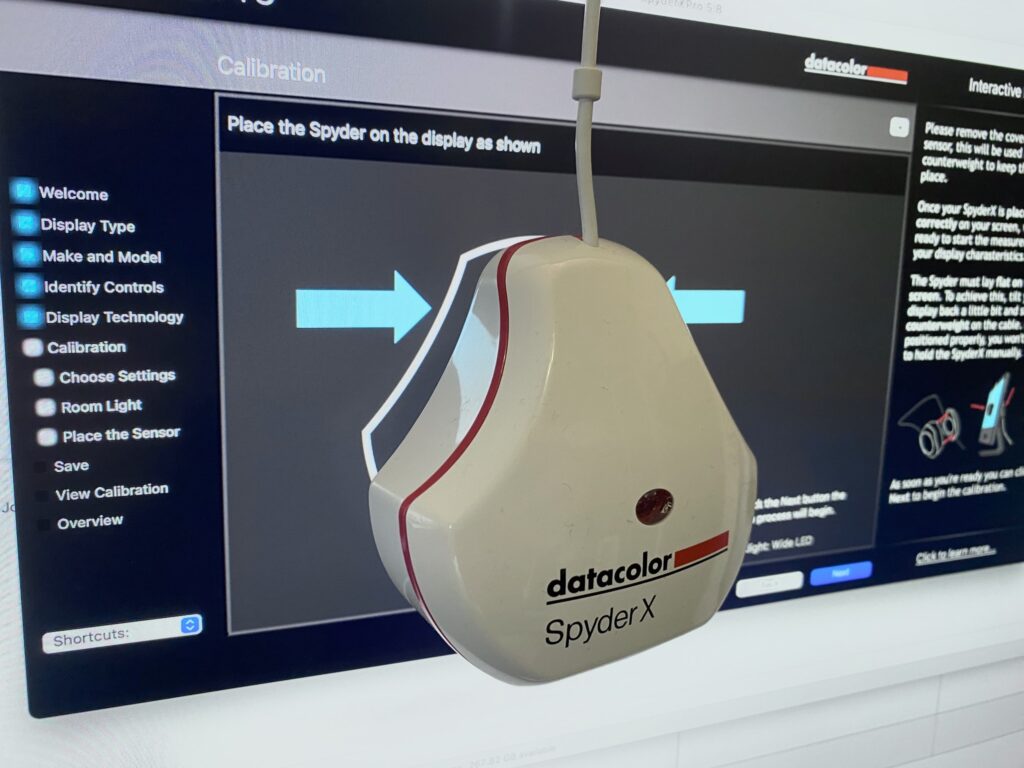
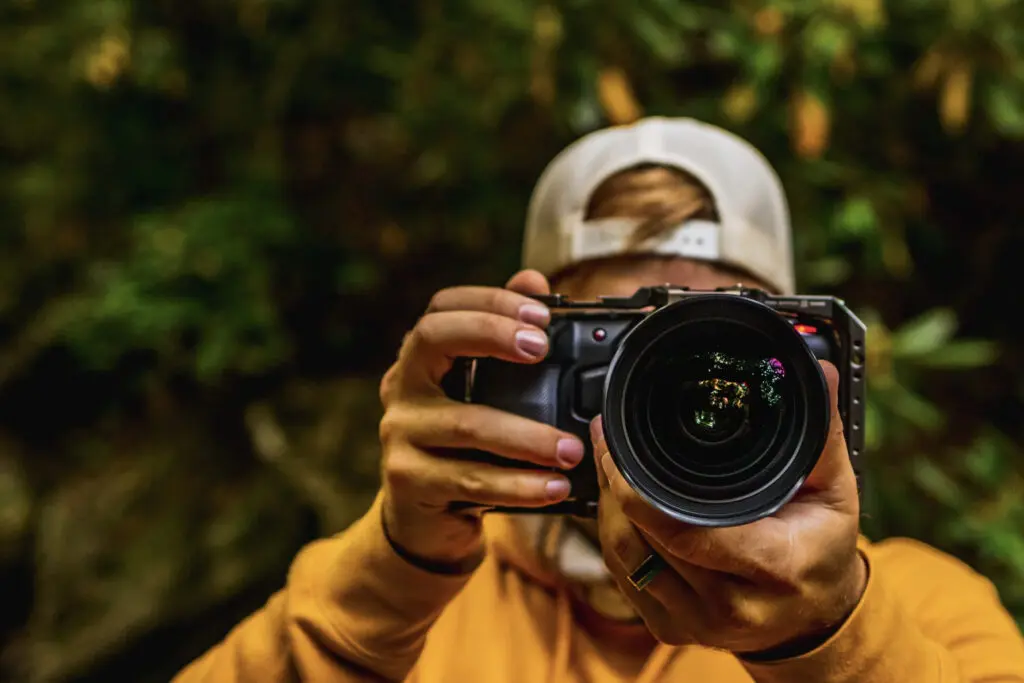
1 Comment
Awesome tips! This has been something I’ve been working on while stuck in quarantine. Thank you!